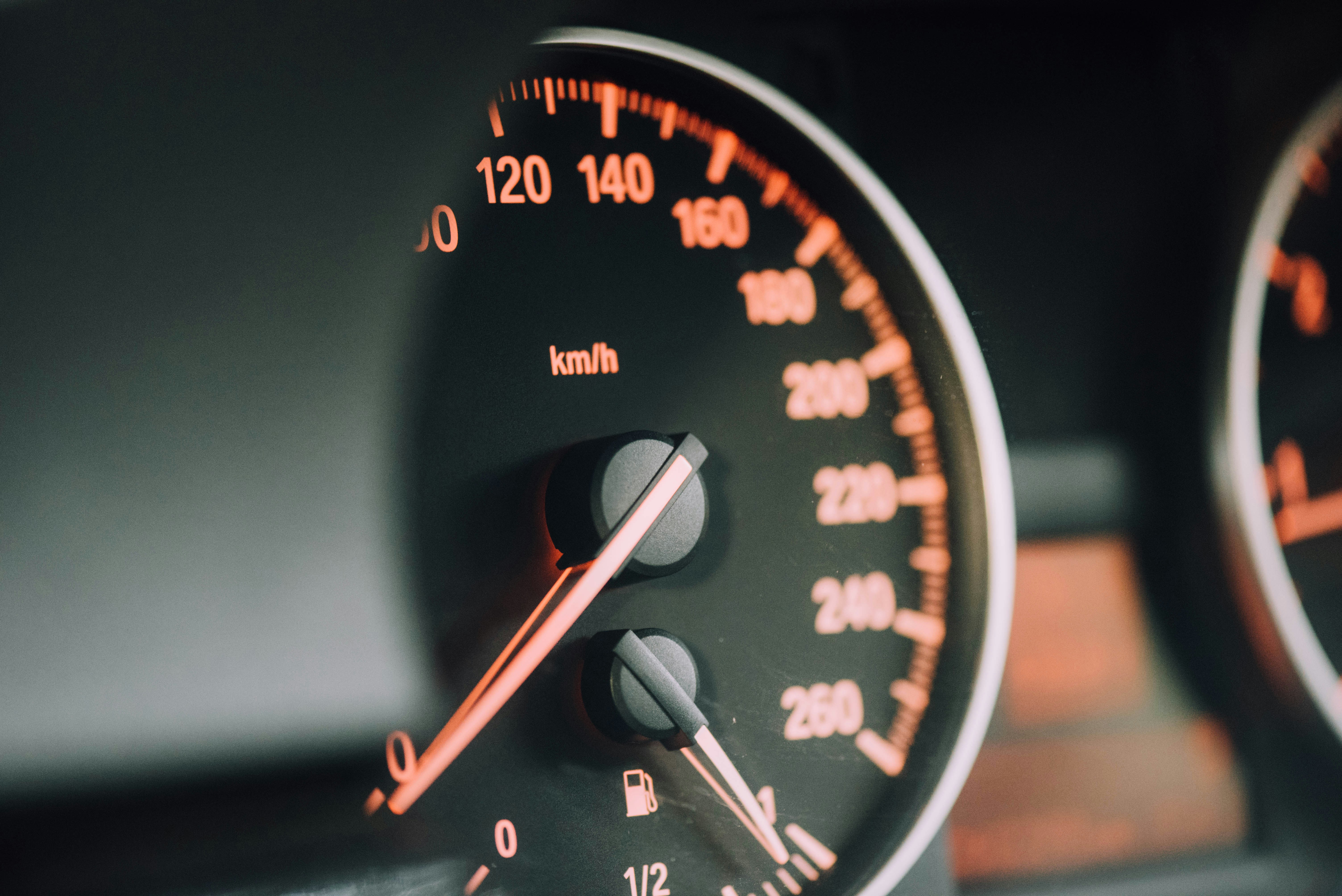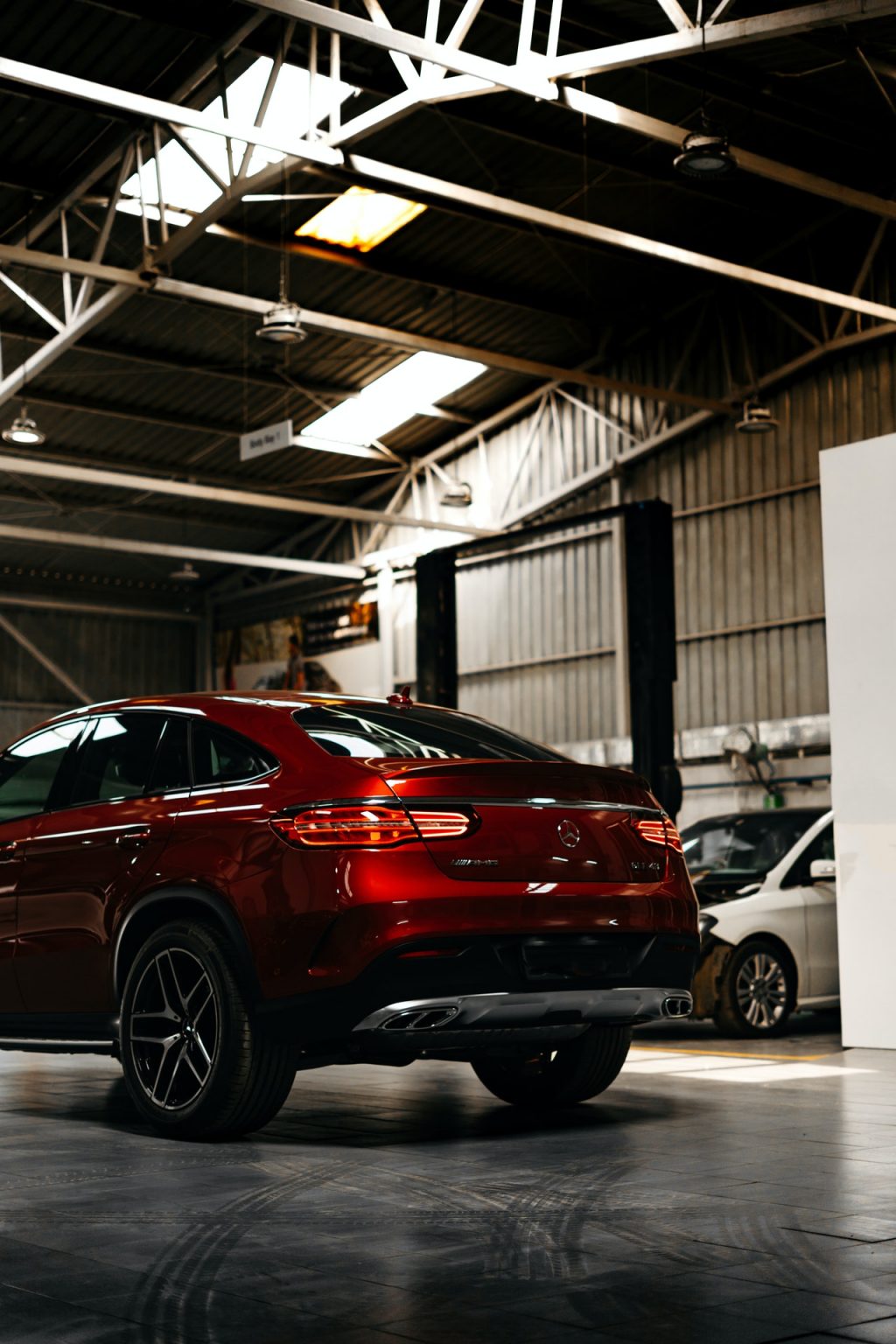You already have a strong knowledge of cars, their features, competitive pricing, and how to navigate car financing. Now it’s time to learn how to start a dealership with this step-by-step guide.
The Basics of Opening a Car Dealership
The first step to opening a car dealership is to develop a business plan. It serves as a map of the business that lays out your ideas, identifies the challenges and weaknesses of the plan, and shows if the financial projections serve as a feasible revenue model.
Knowing what costs to anticipate when opening a car dealership will determine how much of the initial investment is needed. Most states require car dealers to have a surety bond, licensing, and relevant business experience to open. A license allows a dealer to sell cars in that state, and a surety bond is an insurance that protects consumers and the state against fraud.

Commonly required bonds include DMV bonds, used car, and wholesale car dealer bonds, RV bonds, and motorcycle dealer bonds. Surety bonds are priced depending on the amount of the bond needed, your financial standing and credit score, and whether or not the premium is being financed.
The types of licenses needed to vary by the state, county, and locale of where the dealership is based. Types of dealer licenses include new car dealer, used car dealer, wholesaler licensing, rebuilder licensing, and recondition licensing.
Choose a Location
Choose a visible location that’s easy to access and has enough parking for your car inventory plus customers’ vehicles. Before securing a location speak to the local zoning office to make sure a car dealership can be legally established. Keep the target customer market in mind when choosing a location. If you plan to sell luxury cars, consider opening a dealership in an affluent area where the ideal customers are likely to shop. Qualified customers usually have fair to good credit at a minimum, making it difficult to sell to customers with poor credit.
Know the Regulations
If you are opening a used car dealership, you need to comply with the Federal Trade Commission’s used car rule. Dealers are required to include a buyer’s guide with every vehicle and they must allow buyers to inspect the vehicle before buying it. Find out if the state or local community has any compliance standards that apply to car dealerships before opening.

Sales tax must be collected on every car sold, and it must be remitted according to your state-determined payment schedule. The state’s Comptroller of Public Accounts can issue a sales tax permit and help determine the state’s process for collecting vehicle sales tax.
An OKR from Workboard will keep your team connected, aligned, and driven toward sales objectives and key results. OKRs give teams a common vocabulary and quarterly process to lay out their goals, measurable outcomes, and the chance to learn with data. Define and achieve your dealership’s best possible outcomes with Workboard.
Getting Inventory
Unless ranching with a manufacturer whole provides your dealership with cars, you will need to source them. Social media, word of mouth, and local car auctions are great places to find low-cost cars to sell. Start with a small car inventory then gradually build your inventory as the dealership becomes profitable.
Devise a plan to keep up with inventory without depleting your resources. Never be in the position of not having enough options for your customers. Track car sales to see which makes and models have a quick turn-around to predict what type of cars to restock.

Auto Auction Mall gives exclusive access to dealer-only car auctions where customers can buy used cars at wholesale prices. Their online marketplace allows customers to participate in major salvage and insurance vehicle auction house in North America. Auto Auction Mall offers financing options to U.S. buyers and provides shipping worldwide.















